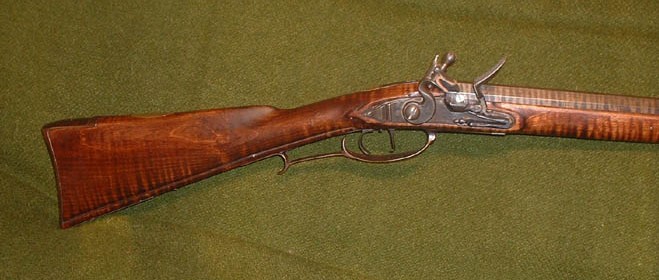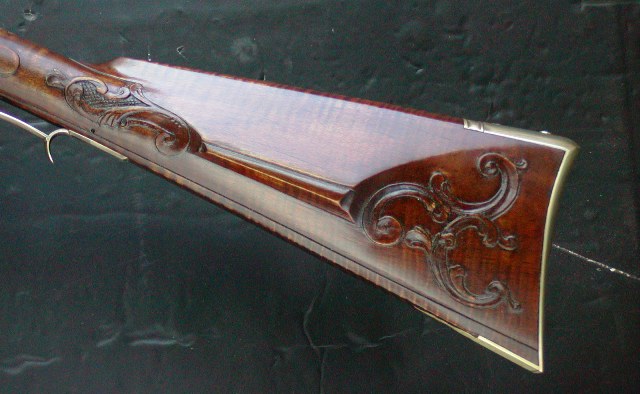I would be interested in seeing pictures of any Haines Transitional Rifle builds made from Dunlop sets, as well as your thoughts on them. His prices look good as do the components, I think.
Might be a nice change from what I am familiar with.
Thanks.
Might be a nice change from what I am familiar with.
Thanks.












